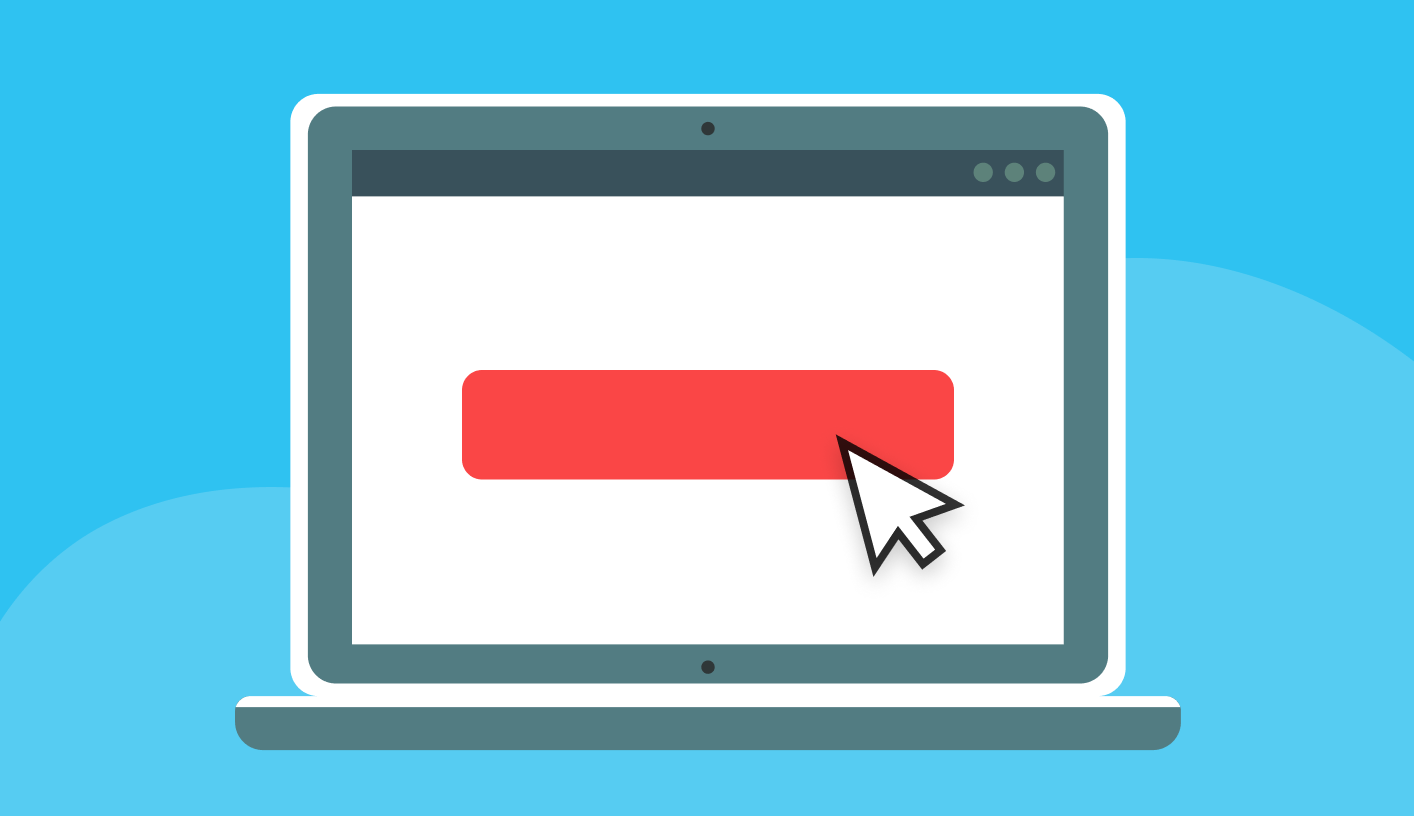How to Recover 80% of Failed Payments with Automated Subscription Dunning

Credit card declines are the #1 cause of churn. Dunning is your best defense.
Did you know nearly half of subscription churn is caused by payment failures? Involuntary churn can quietly eat away at your revenue—unless you have an effective dunning strategy.
Dunning is the process of recovering failed payments, combining automated payment retries and carefully-crafted customer communications. Together, these tactics can recover 50-80% of failed payments.

This post is an introduction to dunning for subscription-based businesses. It covers the what and why of dunning, the key elements of a dunning strategy, best practices for dunning communications, and how to choose an automated dunning platform. Let’s get started!
What is dunning?
Dunning is how subscription businesses recover failed payments, the primary cause of involuntary churn. While “dunning” originally referred to persistent demands for debt repayment, today it’s a lot more sophisticated, and customer-centric.
While some distinguish between dunning communications and automated retry attempts, dunning broadly involves the entire payment recovery process. That includes:
Account updater services and payment retries, which resolve payment issues without customer involvement.
Dunning messages to actively engage customers via email, SMS and other outreach methods to encourage them to update their payment information.
Most current platforms incorporate both automated retries and customer communications into a unified dunning strategy.
While there are countless reasons CCs get declined, these are the most common culprits for subscription businesses:
Expired cards - Cards reach their expiration date, and customers fail to update payment details.
Insufficient funds - The account linked to the card lacks sufficient funds to cover the subscription charge.
Declined by issuer - The card issuer declines the transaction due to suspected fraud, risk or account issues.
Incorrect details - Customers enter outdated or incorrect information, such as wrong card numbers, CVV codes, or billing addresses.
Card restrictions - The card has restrictions (e.g., daily spending limits, international transaction blocks) that prevent the payment.
Processor errors - Technical issues with the payment processor or gateway disrupt the transaction.
Lost or stolen cards - When customers report cards as lost or stolen, issuers deactivate them, leading to failed payment attempts.
Bank blocks or holds - Banks may block transactions for security reasons or due to temporary holds on the account.
These issues contribute significantly to involuntary churn, but many can be mitigated with effective dunning strategies like automated retries, customer notifications, and seamless card update processes.
Why dunning matters for subscription businesses
The recurring revenue model of online subscription-based businesses has many strengths, but one of its weaknesses is involuntary churn due to the fickle nature of credit card billing.
Dunning is critical for subscription businesses for the following primary reasons:
Reduces involuntary churn – Failed payments silently erode subscription revenue. Dunning resolve these failures, helping retain customers who want to continue their subscriptions.
Protects revenue – By recovering failed payments through retries and customer communication, dunning minimizes revenue loss from uncollected subscription fees.
Supports long-term growth – Effective dunning maintains a stable subscriber base, improves cash flow and provides predictable revenue, enabling better business planning and investment.

Key components of effective subscription dunning
Want to maximize your dunning success? Focus on these key components:
Preemptive action
You could say the best dunning solution is avoiding failed payments altogether. Options include automated updater services and proactive communications.
Account updater services
Services from major card networks like Visa, Mastercard, Discover and American Express can automatically update stored card details when they change due to expiration, reissuance or upgrades, without requiring customer action. These services reduce “hard” declines by up to 30–50%, per industry estimates from Stripe and Cybersource.
You can enroll your business in these services via your payment gateway, card network or subscription billing platform. For example, the Stripe Card Account Updater automatically updates card details for Stripe Billing users and is included in Stripe’s standard transaction fee.
Pre-dunning communications
Before account updaters, proactively notifying customers about cards nearing expiration was common. While this practice can still be useful, be cautious. Emailing customers about pending expiration can cause more churn than it preempts. Use in-app notifications instead, thus limiting messages to active customers.
Automated retries
Because many payment failures are temporary (i.e. “soft” declines), dunning software can resolve a portion of failed transactions simply by retrying the payment and without having to involve the customer. Here, timing matters. “Smart” systems adjust retries based on a multitude of factors, including failure reason, card type, regional factors, customer behavior and more.
Be aware, failure notifications can cause cancellations. According to PYMNTS research, credit card declines prompt 27% of subscribers to cancel their subscriptions or switch to a competitor. For soft declines, retry first, then communicate if unsuccessful. For hard declines, immediate dunning communications are advisable, as retries are unlikely to succeed.
You may have heard the terms “hard” and “soft” declines. The key differentiator is the likelihood of resolving the failure through automated retries.
Soft declines are typically temporary and resolvable without customer action. These failures result from transient problems, like a processor error, and 20–30% can be resolved through automated retries before escalating to dunning communications.
Hard declines reflect a permanent or more serious payment failure, such as an invalid card, that will usually require customer intervention to resolve. Since automated retries are unlikely to succeed, effective dunning solutions will trigger immediate customer communications here. Hard declines pose a higher risk of churn if not addressed promptly.
Dunning communications
When automated retries don’t work, it’s time for dunning communications. The goal: inform customers about payment issues and guide them to update their details—all while maintaining trust and loyalty.
The effectiveness of dunning communications depends on clear and empathetic messaging, personalization, segmentation, reinforcing subscription value, and a strong call to action (CTA). When crafting your messaging, adopt a marketer’s mindset. Take care with branding, copy and timing—and optimize for opens, clicks and conversions.
As with other marketing efforts, multi-channel communications improve results, reaching customers via their preferred channels (e.g. SMS for younger demographics). Delivering messages at optimal times helps balance urgency and customer convenience. Be sure to avoid over-communication.
Most dunning solutions today use automated messages. Notable alternative Gravy applies the human touch of US-based retention experts. Gravy boasts a 30% higher recovery rate than tech-only processes.
Frictionless updates
Don’t overlook your payment update form. Avoid frustrating users with difficult to find, buggy or confusing UX, and optimize your recovery process for conversions, just like you do with your signup funnel.
Link directly to the update form from your communications. Use personalized links to bypass user login for zero-friction updates. Bonus: accept Google Pay/Apple Pay for increased conversions on mobile.

Analytics and optimization
Dunning strategies benefit from continual refinement. Reporting, A/B testing and machine learning algorithms provide actionable insights, enable data-driven refinements, and ensure communications align with customer behavior and business goals.
Dunning analytics help you track key performance metrics like opens, clicks, recovery rate, recovered MRR and churn reduction.
Failure insights identify trends in payment failure reasons and their resolution patterns, informing segmentation and messaging strategies.
Customer behavior analysis reveals how different customer segments respond to dunning, guiding personalization and prioritization.
A/B testing allows you to optimize your messaging to drive higher engagement and payment updates by testing variations in subject lines, CTAs and timing. Iterative testing compounds small improvements, significantly boosting overall recovery rates over time.
Composing a dunning sequence
Your dunning sequence should achieve two things: recover payments and keep customers happy. To that end, your content should prioritize:
Maintaining customer relationships – Keep communications friendly, professional and empathetic to preserve trust and loyalty. Avoid accusatory or threatening language.
Education and guidance – Inform customers about the payment failure and provide clear steps to resolve it. Minimize friction.
Reinforcing subscription value – Remind customers of the benefits they risk losing, motivating action to retain access.
Schedule
Align emails with your automated retry schedule. A typical sequence might include 3-5 emails spanning 7-14 days. Adjust based on your business model. For example, lower cost subscriptions typically utilize shorter cycles than premium plans.
Design and content
Use clean, mobile-friendly branded templates, with prominent CTA buttons.
Make your subject line clear, concise and action-oriented. Avoid being too general or spammy-sounding. Remember, subject lines are what get customers to open an email.

In the body, explain the issue, offer support, highlight value and present a clear CTA. Link directly to a payment update form. Personalize the greeting with the customer name and include specific details to avoid appearing like spam/phishing.
Choose your language and tone carefully. Be empathetic. Treat these customers more like fresh leads than debtors!
If the payment issues persist to the end of your sequence, send a confirmation of cancellation. You might also consider offering a winback incentive at this point (e.g. discount or free month).
Personalization and segmentation
Tailored messaging can make a dramatic difference in the effectiveness of your dunning communications. Personalization builds trust and makes your messaging feel human, keeping it out of spam boxes. Maintaining your brand tone and style also supports trust.
Testing and optimization
As with any marketing content, optimization can lead to significant gains over time. Use A/B testing to experiment with subject lines, CTAs and timing to improve open rates and CTR. Track metrics like opens, payment update conversions and churn reduction. Monitor customer replies and/or support tickets to identify pain points (e.g. unclear instructions or technical issues).
Choosing a dunning management platform
Most high-volume subscription businesses need robust dunning-focused platforms to optimize recovered revenue and ROI beyond the basic features offered by payment processors. Here we’ll guide you through selecting the right platform.

Automated retries and account updaters
Ideally you can solve payment issues before the customer gets involved. Look for automated retry systems that utilize machine-learning and adaptive strategies to optimize timing based on factors like failure codes, card type, customer location, day of the week and other issuer and customer behavior.
If your payment/subscription platform doesn’t offer account updater services, make sure your dunning platform does! As mentioned above, automatically updating expired and replaced cards can prevent up to 30–50% of hard declines.
Multi-channel communications and frictionless updates
Getting your customer’s attention is essential after automated methods fail. Relying on a single channel (e.g. email) can be a problem with so many marketing messages and overflowing inboxes. That’s why a multi-channel strategy is so important. Check for email, SMS, in-app messaging and push notification support.
Zero-friction payment options make it as easy as possible for customers to update their credit card information. Check that the dunning platform supports self-service, no-login payment updates.
Customization and segmentation
Customization should be easy, allowing you to tailor retry schedules, communication cadences and content as you continue to learn from analytics, customer interactions and emerging best practices.
When you treat dunning like another marketing channel, you’ll see the value in segmenting communications via factors like product plan, customer region or payment history.
Integrations
This is one place where integrations are critical. Make sure the dunning platform connects to your subscription billing platform, CRM/CDP, support system, etc, allowing you to include relevant information in your dunning communications. Look for API and webhook availability, too, to extend functionality.
Reporting and optimization tools
Your chosen dunning platform should provide failure analysis and performance metrics. That means detailed insights into why payments fail, retry success rates, email and SMS engagement (opens, clicks, conversions), churn metrics and MRR/revenue recovery.
A/B testing is another essential tool. Check that the dunning platform supports A/B testing of subject lines, CTAs, and scheduling.
Other factors
You may also want to consider pricing structures and ROI, ease of use (including customer support and documentation) and localization (multi-language/currency support).
Make sure you’re not missing opportunities to boost customer satisfaction and reduce churn. Dive into 7 categories of customer retention software:
Billing analytics - See how customer retention affects growth and track ongoing progress.
Product adoption - Increase user engagement with in-app messaging, tours and tooltips.
User feedback - Collect user sentiment in-app to help identify promoters and detractors.
Product analytics - Discover how customers are using your app.
Customer health - Analyze data from multiple sources to detect at-risk customers.
Dunning - Resolve failed payments and delinquent accounts.
Cancellation flows - Reduce churn 10-39% with ProsperStack Retain.
Conclusion
As you can see, dunning is critical for subscription-based businesses to minimize involuntary churn and protect recurring revenue. With a comprehensive dunning strategy that includes automated retries, clear and empathetic customer communications, and frictionless payment updates, businesses can recover a significant portion of failed payments.
Take action today to optimize your dunning strategy—and watch your subscriber base grow stronger every month.


